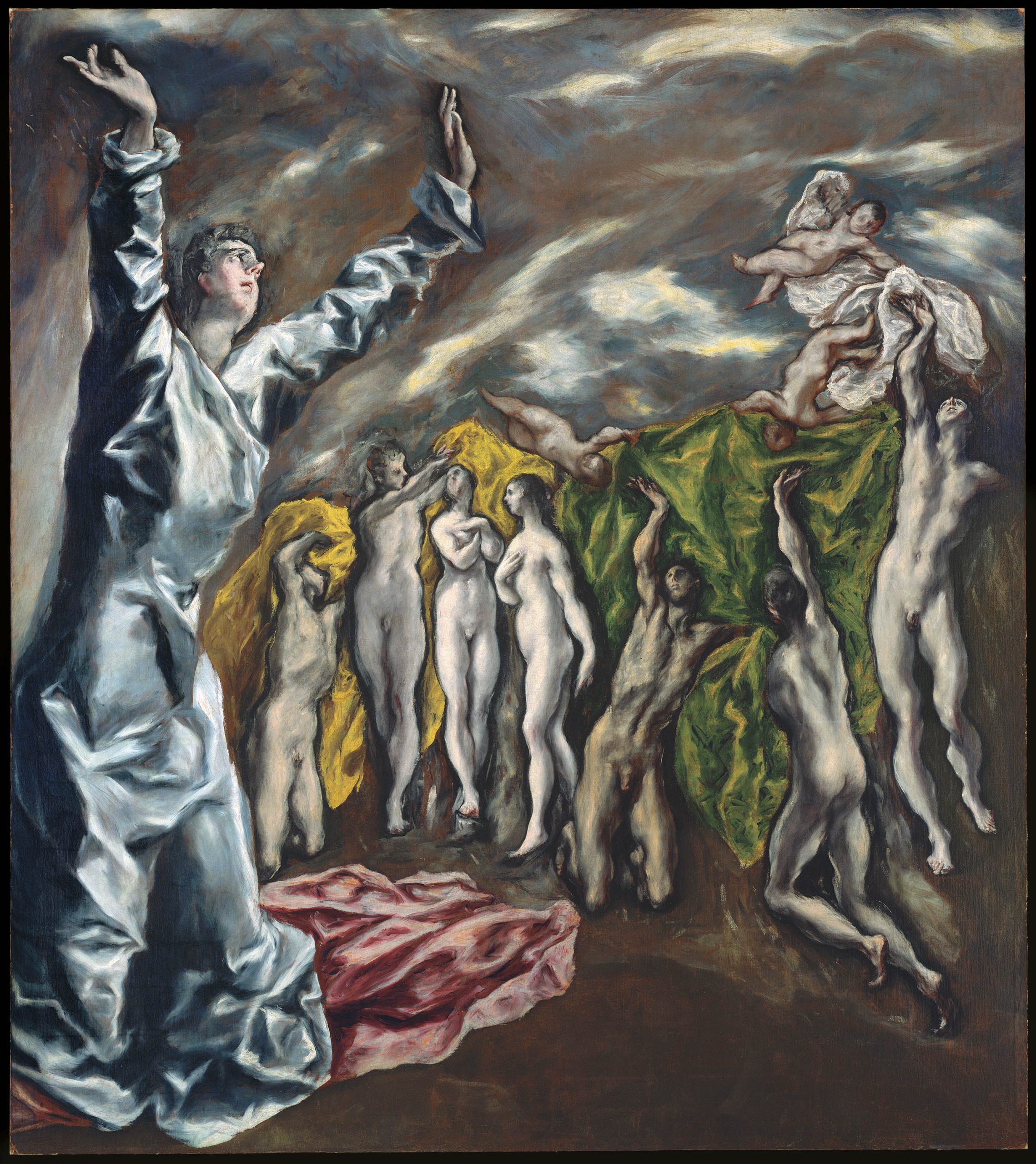
El Greco, born Dominikos Theotokopoulos but known as “The Greek” during his popular career in Spain, is one of art history’s most unique mannerist painters. His most famous paintings include Biblical scenes like The Disrobing of Christ (1577-79) and The Assumption of the Virgin (1577-97), and his works are included in great collections including Madrid’s Prado Museum and Washington D.C.’s National Gallery of Art. But in 1914 a theory emerged that the reason for his signature vertically-stretched perspective wasn’t a stylistic choice, but rather the artist’s reality of living with an eye condition.
In 1914, the ophthalmologist Germán Beritens wrote the book El Astigmatismo del Greco that claimed that El Greco’s elongated perspective could be explained by astigmatism, which is the result of a cornea not being perfectly spherical, affecting how the brain processes light. Beritens kept a lens in his home which would replicate astigmatism, and was apparently keen to have house guests try out the new perspective simulator. Astigmatism affects around one third of Americans, usually mildly, and is treated with prescription glasses.
El Greco, The Resurrection of Christ (1597–1600). Photo courtesy of the Museo Nacional del Prado.
However, the theory has been questioned by many experts. In 1966 in his book The Nature of Perceptual Adaptation, American psychologist Irvin Rock referred to the theory as “the El Greco fallacy”. Experiments have shown that El Greco would have likely adapted to the visual change caused by astigmatism (which is more likely to cause blurred rather than stretched perspective) and that if he was seeing the world around him distorted, he would have seen his canvases that way too, cancelling out any perspective changes.
El Greco, A Gentleman with his Hand on his Chest (1580). Photo courtesy of the Museo Nacional del Prado.
But a letter published in Science Direct in 2016 by the art historian Fernando Marías, neurologist Otto Appenzeller, and biological anthropologist Raffaella Bianucci claims that historical evidence does support the theory that the artist had a neurological condition which would affect his compositions.
The researchers say that an asymmetrical left eye is evident in the artist’s self portraits (based on where El Greco has painted light bouncing off his eyes) which suggests he may have had amblyopia (a “lazy” eye) or developed a condition in-utero called congenital enopthalmos. The artist is also said to have suffered several strokes towards the end of his life, which completely transformed his signature.
To this day it is a hotly contested debate, one for which there can probably never be a definitive answer.